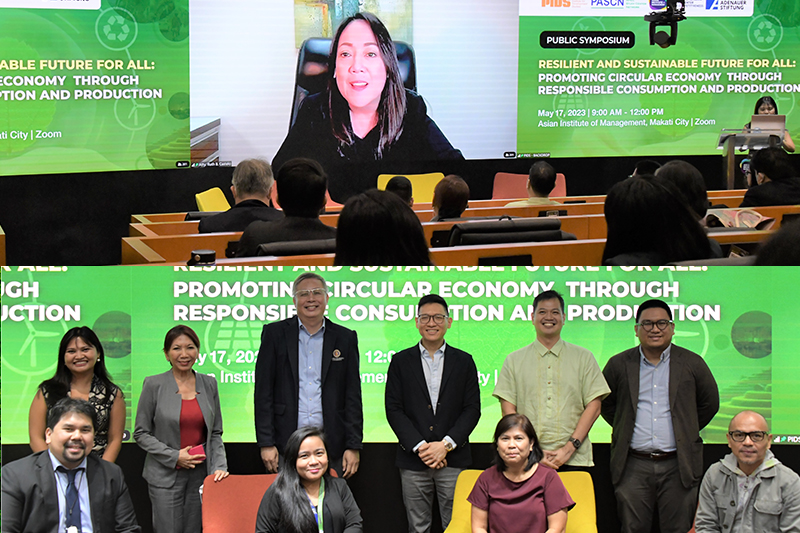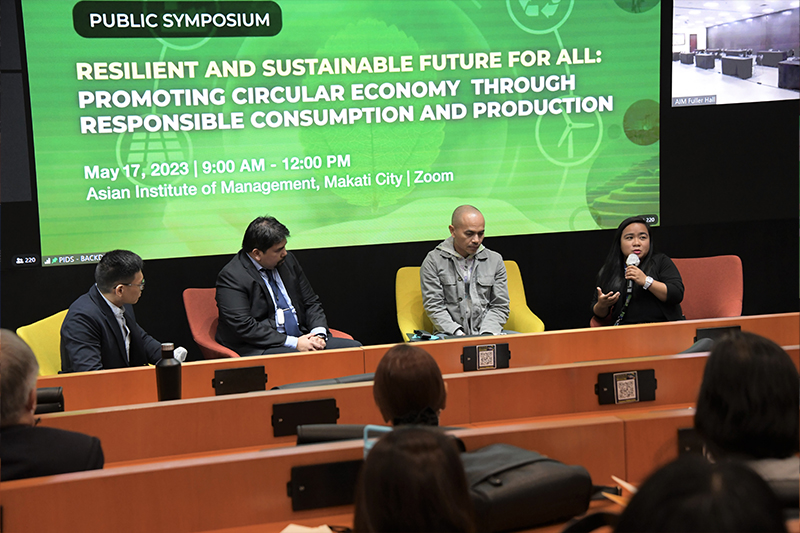THE COUNTRY’S factory output expanded for the seventh straight month, albeit at a slower pace in October, the Philippine Statistics Authority (PSA) reported on Thursday.
Preliminary results of the PSA’s latest Monthly Integrated Survey of Selected Industries (MISSI) showed factory output, as measured by the volume of production index (VoPI) grew by 24.7% year on year in October.
This was slower than the revised 123.1% growth in September. However, this was still a turnaround from the 25.4% decline in October 2020.
The value of production index (VaPI), a similar composite indicator in the survey, also increased by 24.8%. While slower than the 122.5% growth rate posted in September, it was still a reversal from the 28.9% contraction in October 2020.
For the year, factory output expansion averaged by 59.5% and 54.4% in terms of VoPI and VaPI, respectively.
The PSA noted growth in the VoPI in 14 out of 22 industry divisions in October led by fabricated metal products, except machinery and equipment (176.6%); coke and refined petroleum products (123.7%); and other non-metallic mineral products (52.5%).
Average capacity utilization — the extent to which industry resources are used in the production of goods — averaged by 67% in October from 66.6% the previous month. Of the 22 sectors, 20 averaged a capacity utilization rate of at least 50%.
Leading the sectors with the highest utilization rates were other non-metallic mineral products (81.1%), electrical equipment (77.3%), and furniture (76.5%).
In an e-mail, Trade Union Congress of the Philippines (TUCP) spokesperson Alan A. Tanjusay attributed the latest result to the higher demand ahead of the holiday season amid looser quarantine restrictions.
“The (month-on-month) slowdown could be due to wait-and-see attitude on the bi-weekly quarantine classification and behavior of COVID-19 infection rate,” Mr. Tanjusay said.
For Philippine Institute for Development Studies (PIDS) Senior Research Fellow Margarita D. Gonzales: “The observed slowdown may be partly due to base effects given some normalization of the numbers in October last year, though still below pre-pandemic levels,” she said in a separate e-mail.
“There does seem to be a month-on-month pickup, but one would have to look at de-seasonalized numbers. I would look more closely at the PMI (purchasing managers’ index) for guidance on future performance,” she added, referring to IHS Markit’s index to measure manufacturing activity.
The Philippines Manufacturing Purchasing Managers’ Index (PMI) edged up to a seven-month high of 51 in October from 50.9 in September. A PMI reading above 50 indicates improvement in business conditions from the month before.
The PMI indicates whether the proportion of respondents that reported an increase outweighs those that reported a decrease as regards indicators like output, new orders, inventory, employment, input and selling prices, as well as sentiment over the following 12 months. In contrast, PSA’s VoPI and VaPI look at percentage changes in production volume and value, respectively, in a particular period relative to a base period.
For PIDS’ Ms. Gonzales, the recovery for manufacturing and the economy in general “will continue to be shaky… given continued uncertainty about the evolution of the COVID-19.”
However, she expressed optimism on the global economy’s recovery.
“[T]here is some confidence that economic recovery will continue worldwide, especially if the available vaccines will remain effective or require only minor adjustments in dosage or formulation. The latest news on that front seems to be generally hopeful,” she said.
“For now, the [Philippine manufacturing PMI] has returned to above 50 in September since falling in August due to the lockdowns, with the November figure at 51.7, which also looks promising. As we describe it in our PIDS Economic Policy Monitor, it will be a rough recovery, but there’s certainly some momentum in the numbers,” she added.
Related Posts
Publications
Press Releases
Video Highlights
[No related items]
Infographics
[No related items]






